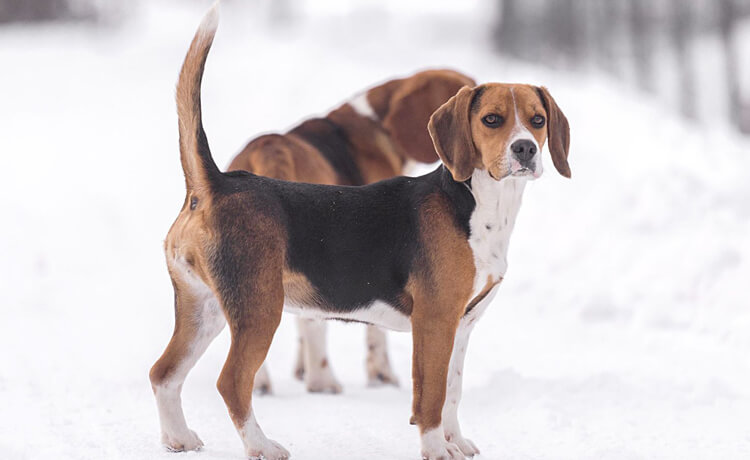
Harrier Dog Breed
The Harrier is a breed that exemplifies energy, determination, and sociability. Known for their strong hunting instincts and friendly demeanor, Harriers are versatile dogs that can adapt to both active family life and a working environment.
Appearance:
Harriers have a striking resemblance to Beagles and English Foxhounds but are slightly larger than Beagles and smaller than English Foxhounds. Key characteristics include:
- Size: Typically, 19 to 21 inches at the shoulder.
- Weight: Ranges from 45 to 60 pounds.
- Coat: Short and dense, providing protection in various weather conditions.
- Color: Commonly seen in tricolor (black, white, and tan) but also come in other hound colors like red and white.
Temperament:
Harriers are outgoing and playful, making them excellent family companions when their energy needs are met. They are known for being:
Essentials for Your Newly Adopted Pet
Welcoming a shelter pet into your life is a beautiful journey. Here are some handpicked items to help your new friend feel safe, loved, and right at home:
- Friendly and Social: Harriers are amiable dogs that enjoy being around people and other dogs.
- Energetic and Active: Bred as hunting dogs, they require significant exercise to stay happy.
- Intelligent and Curious: While smart, they can be stubborn and independent, requiring consistent training.
- Vocal: They have a typical hound bay and may bark or howl, especially when excited or on the scent of prey.
Exercise Needs:
Harriers are high-energy dogs that need regular physical activity. Ideal activities include:
- Long walks or jogs: These dogs benefit from at least an hour of exercise per day.
- Hiking and outdoor exploration: Their keen noses make them excellent trail companions.
- Playtime in a secure yard: They have a strong prey drive and may chase smaller animals, so off-leash play should be in a fenced area.
Health:
The Harrier is a relatively healthy breed, but it may be prone to certain conditions:
- Hip Dysplasia: A common issue in medium to large breeds.
- Ear Infections: Due to their floppy ears, regular cleaning is needed.
- Bloat: A condition that can affect deep-chested breeds, so feeding routines should be managed carefully.
Harriers typically have a lifespan of 12 to 15 years.
History and Origin:
The Harrier is one of the oldest hound breeds, with origins tracing back to medieval England. Initially bred for hunting hare and fox, they are believed to be a mix of the Bloodhound, Basset Hound, and various Foxhounds. Harriers were highly regarded by hunters for their ability to track scents over long distances with tireless determination.
Grooming:
Harriers have a short coat that is easy to maintain:
- Weekly brushing: Helps remove loose hair and keep the coat shiny.
- Regular ear cleaning: Prevents infections in their floppy ears.
- Nail trimming: Should be done every few weeks to avoid overgrowth.
- Occasional baths: Keeps them fresh, especially after outdoor activities.
Ideal Home:
The ideal home for a Harrier is one where they can be active and social. They are suited for:
- Active families: Especially those who enjoy outdoor activities.
- Homes with other dogs: Harriers are pack-oriented and enjoy the company of other dogs.
- Houses with yards: A secure, fenced yard is ideal for play.
Harriers are generally good with children but may be too energetic for very young kids. Training and socialization from a young age ensure they grow into well-behaved adults.
Fun Facts:
- The Harrier is sometimes called the "beagle's bigger cousin" due to their similar appearance.
- Although popular in England historically, they are relatively rare in the U.S.
- They have an extraordinary sense of smell and stamina, perfect for hunting and tracking.
Conclusion:
The Harrier is a joyful, active breed with a rich history as a hunting dog. They make wonderful pets for those who can provide them with the exercise and attention they need. With their friendly demeanor and strong pack instincts, Harriers can be a delightful addition to an active household.
Affiliate Products
Up to 75% Discount

Dog Collar with Health Monitoring
BUY NOW »
Up to 55% Discount

Luxury Faux Furhuge Napping Bed
BUY NOW »

